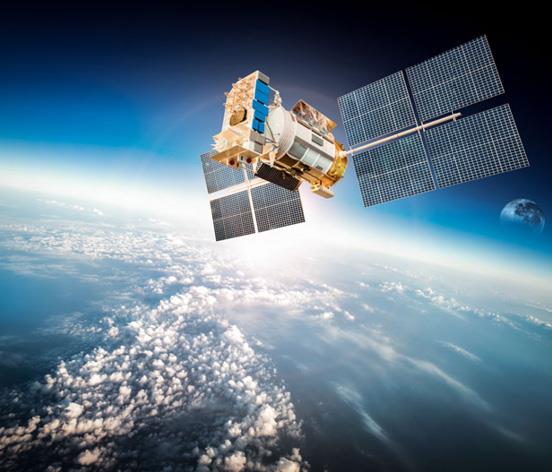31 October 2024

Capacity from AngoSat-2 has allowed to connect about 300,000 people, almost two years after the start of its commercialization, according to the National Space Program Management Office (GGPEN).
However, the institution adds that more than 80% of the country’s 36.7 million inhabitants still do not have access to the internet.
The country has signed partnerships with Infrasat, MSTelecom and ITA for the operation of the satellite and the distribution of capacities to telecom companies. Luanda has also launched the ‘Connecta Angola’ project to provide free internet connectivity in remote areas, with a focus on public institutions. By October 2023, 150 areas spread across 16 out of 18 provinces had already been covered.
This low adoption could be explained by the fact that VSAT terminals to receive signals do not yet cover the entire country. In addition, service coverage does not systematically mean adoption and use of services. The GSMA estimates that about 60% of people covered by mobile Internet in sub-Saharan Africa do not use the service, partly because of the high cost of devices that can connect to the Internet.
The AngoSat-2 satellite has the potential to expand mobile internet coverage in Angola. However, challenges, such as limited access to smartphones, may hamper the real adoption of the service.







